Working at Height
Professional working at height equipment encompasses a variety of gear crucial for ensuring safety and efficiency when workers need to perform tasks at elevated locations. Here’s a breakdown of some key categories and their applications:
Fall Protection Equipment: Designed to minimize the risk of injury in case of a fall. Examples include:
- Harnesses: Full-body harnesses distribute fall arrest forces and provide attachment points for lanyards and lifelines.
- Lanyards: Shock-absorbing lanyards connect a harness to a secure anchor point and reduce fall impact.
- Lifelines: Static ropes or vertical lifelines used to connect a harness to an anchor point for fall arrest or work positioning.
- Anchors: Secure points overhead or at a safe working level to connect lanyards or lifelines.
Work Positioning Equipment: Allows workers to comfortably and safely maintain a stable position while working at height. Examples include:
- Lanyards with positioning loops: Create a hands-free work positioning system when connected to a suitable anchor point.
- Work positioning lanyards: Double lanyards with specific features for maintaining a stable work position.
- Rope grabs/ascenders: Mechanical devices that allow controlled movement up and down a rope for work positioning or maneuvering.
Access Equipment: Used to gain access to elevated work areas. Examples include:
- Ladders: Portable ladders of various types (step ladders, extension ladders) for temporary access.
- Scaffolds: Temporary platforms used for extended work periods at height.
- Mobile elevating work platforms (MEWPs): Powered platforms like scissor lifts or boom lifts for reaching high work areas.
Personal Protective Equipment (PPE): Additional safety gear worn by workers at height, including:
- Helmets: To protect the head from falling objects or impacts.
- Safety boots: With features like slip resistance or electrical hazard protection.
- High visibility clothing: For improved worker visibility in low-light conditions.
Choosing the right equipment depends on the specific work environment, tasks being performed, and potential hazards.
Showing all 2 results
-

Edelrid SALATHE | Softshell helmet
€ 77,00 Ex VAT Select options This product has multiple variants. The options may be chosen on the product page -
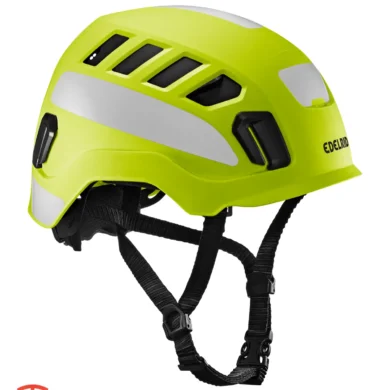
Edelrid Tectum Air Work Safety Helmet
€ 65,00 – € 69,00 Ex VAT Select options This product has multiple variants. The options may be chosen on the product page
Showing all 2 results
We Recommend
-
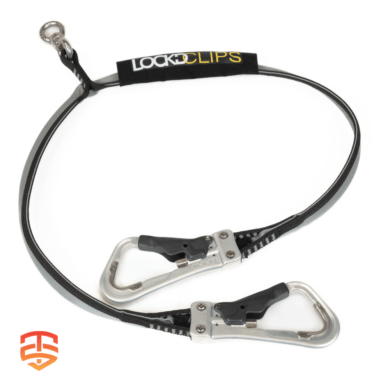
LockD Clips Swivel | Continuous Self-Belay
€ 389,00 Ex VAT -
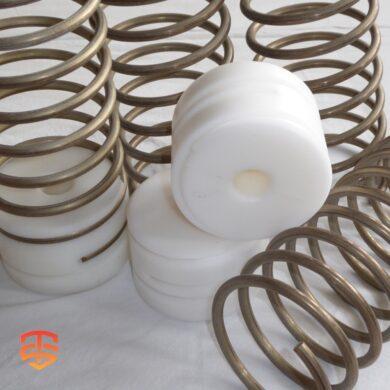
Spring Brake System | Primary & EAD zipline brake
€ 80,00 Ex VAT -
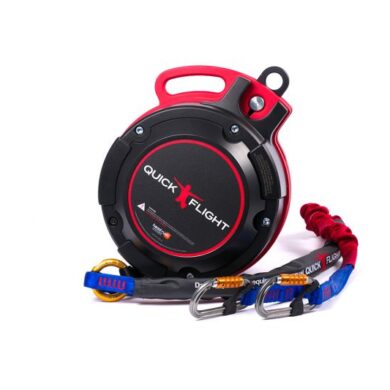
QuickFlight Free Fall Device | 6 – 15,3 meter
€ 4.249,00 – € 4.549,00 Ex VAT Select options This product has multiple variants. The options may be chosen on the product page -
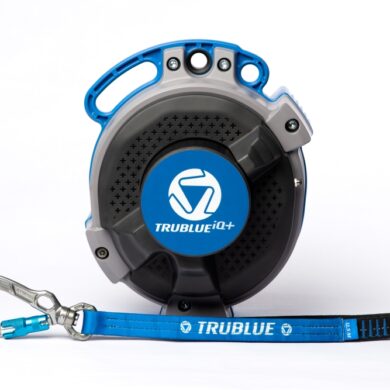
TRUBLUE iQ Auto Belay | 4,5 – 20 meter
€ 2.799,00 – € 3.159,00 Ex VAT Select options This product has multiple variants. The options may be chosen on the product page
Best Sellers
-
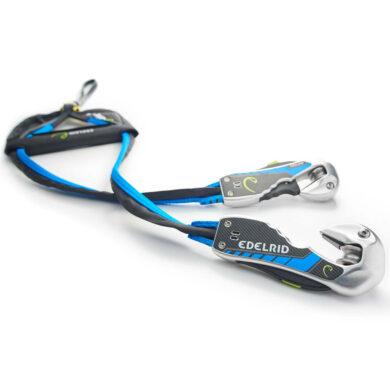
Edelrid Smart Belay X | Magnetic Locking Mechanism
€ 544,00 – € 623,00 Ex VAT Select options This product has multiple variants. The options may be chosen on the product page -

Spring Brake System | Primary & EAD zipline brake
€ 80,00 Ex VAT -
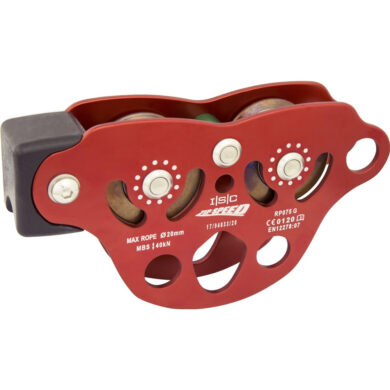
ISC Zipspeed-S Trolley
€ 183,00 – € 271,00 Ex VAT Select options This product has multiple variants. The options may be chosen on the product page -

Superman Zipline Harness
€ 405,00 – € 570,00 Ex VAT Select options This product has multiple variants. The options may be chosen on the product page







